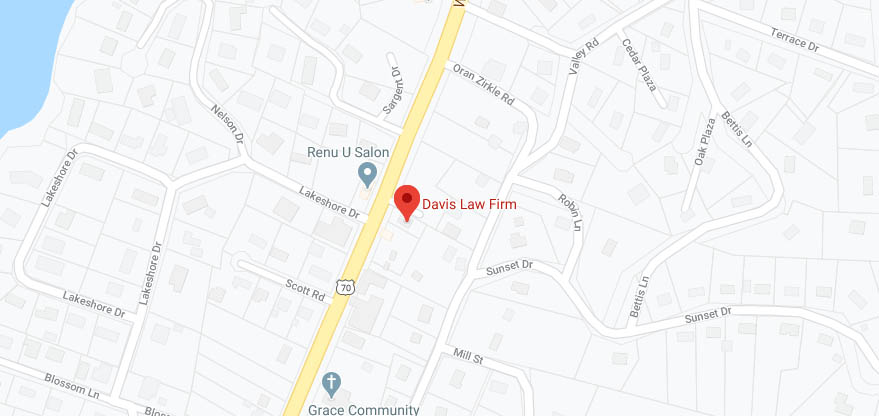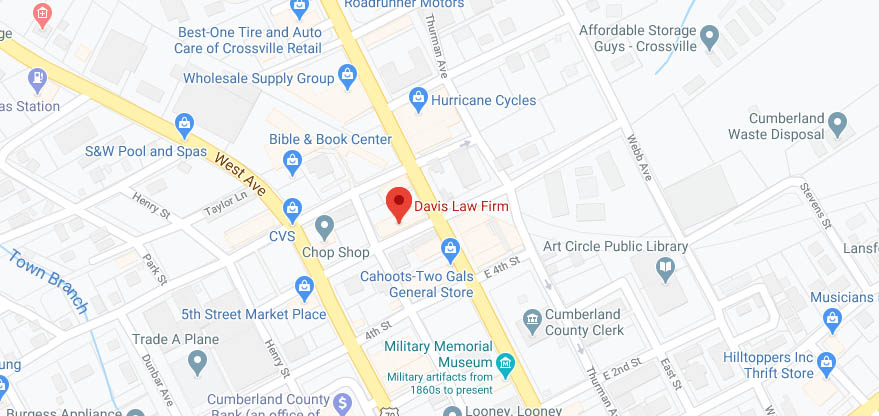When a loved one passes away, dealing with their estate can be both emotionally and legally challenging. You may find you need to go through a process called probate. Probate can often seem like a complicated, overwhelming process for those unfamiliar with it. However, educating yourself on the process of probate and receiving guidance from legal experts can help your family navigate this difficult time.
What is Probate?
Probate is the legal process through which the assets of the deceased are administered and distributed according to the will or state law. Probate is court-supervised, so during probate, the court takes steps to validate the deceased’s will (if there is one), sets up a probate executor or administrator, and ensures the estate’s debts and taxes are paid before distributing the remaining assets to beneficiaries. Essentially, probate ensures that the deceased’s affairs are settled according to the law, protecting the rights of creditors, heirs, and beneficiaries alike.
Not all assets go through probate. Some are transferred directly to beneficiaries outside the probate process, such as life insurance proceeds or accounts with designated beneficiaries. However, most personal and real property, especially if titled solely in the deceased’s name, must go through probate.
Step 1: Filing the Will and Petition
The first step in the probate process is filing the will with the probate court. The executor, often named in the will or a family member if there’s no executor specified, files a petition with the probate court to begin the process officially. The petition requests the court to appoint an executor or administrator and formally open the probate case.
Once the petition is filed, the court schedules a hearing. During this hearing, the court reviews the will’s validity, ensures that the appropriate person is acting as executor, and gives that individual the authority to act on behalf of the estate. If the will is contested, this stage may take longer as the court resolves any disputes regarding its authenticity.
Step 2: Notifying Creditors and Beneficiaries
Once the court appoints an executor or administrator, their next responsibility is to notify creditors and beneficiaries of the probate proceedings. This step ensures that everyone with a legitimate interest in the estate is aware of the ongoing process. Many states require that the executor publish a notice in a local newspaper as a way to alert any unknown creditors of the decedent’s passing. Beneficiaries named in the will, along with any legal heirs, must be formally notified of the probate process as well.
Step 3: Inventorying the Estate
Inventorying the estate is one of the most important tasks of the executor. The probate court will require a complete list of the deceased person’s assets and liabilities, which includes real estate, bank accounts, investments, personal property, and any debts or obligations. The executor must gather this information and create a detailed inventory of all assets, along with their estimated values.
Step 4: Paying Debts and Taxes
Before any assets can be distributed to the beneficiaries, the estate must first settle its debts. This step involves using estate assets to pay outstanding debts, taxes, and any administrative expenses, such as court fees or legal costs. The executor is responsible for ensuring that these obligations are met, and failure to do so could delay the probate process.
Step 5: Resolving Disputes
Disputes can arise during the probate process, whether over the validity of the will, the interpretation of its provisions, or the distribution of assets. If someone believes the will is invalid or that they were wrongfully excluded from the estate, they may contest the will, which can lead to legal battles, which may significantly extend the probate process.
Step 6: Distributing the Assets
Once all debts, taxes, and disputes are resolved, the executor can finally begin distributing the remaining assets to the beneficiaries. The executor must follow the instructions laid out in the will (or state law if there is no will) to ensure that each beneficiary receives their proper inheritance. Depending on the assets, this could involve transferring titles to property, liquidating assets, or distributing cash. Before making final distributions, the executor must receive approval from the court.
Step 7: Closing the Estate
Closing the estate is the last step in the probate process. After distributing the assets, the executor must file a final accounting with the court, detailing how the estate’s assets were managed, debts were paid, and the remaining property was distributed. If the court finds that the executor fulfilled their duties properly, it will issue an order officially closing the estate.
This final step releases the executor from any further responsibilities, and the probate process is officially complete.
Alternatives to Probate
Probate is not always necessary. There are alternative methods for transferring assets that can help beneficiaries avoid the probate process altogether. Some of these include living trusts, joint ownership of property, or naming beneficiaries on accounts like retirement funds or life insurance policies. These tools can help streamline the distribution of assets after death and allow families to avoid the time and costs associated with probate.
Seek Legal Guidance
The probate process, while complex, is a vital part of estate management after death. It ensures that assets are distributed legally and fairly, protecting both the estate and its beneficiaries. By understanding each step—from filing the will and inventorying assets to paying debts and distributing inheritance—you can navigate probate more confidently.
Whether you’re handling an estate or planning your own, receiving legal guidance to cover the ins and outs of probate can make a difficult time a little easier. Call Davis Law today at 865-830-6286 to schedule a case evaluation with our team so we can start helping with your probate case.





